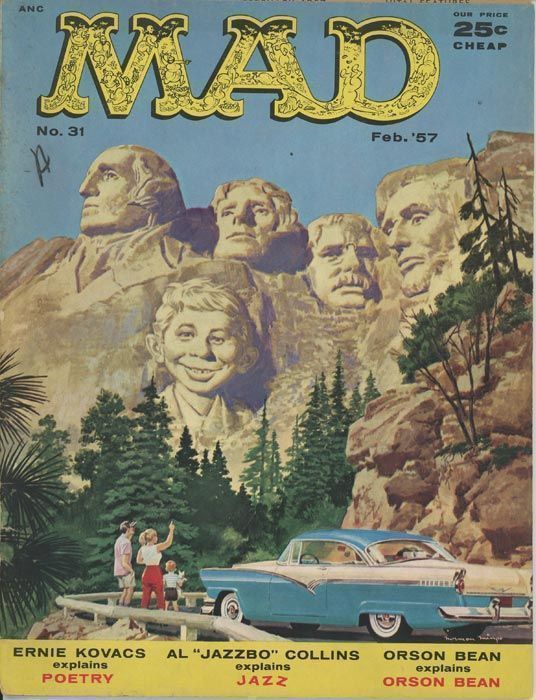
Month: April 2018
Apu Quotes
Apu Nahasapeemapetilon (Bengali: আপু নাহাসাপিমাপেটিলন) is a fictional character in the animated TV series The Simpsons. He is the Indian immigrant proprietor of the Kwik-E-Mart, a popular convenience store in Springfield, and is best known for his catchphrase, “Thank you, come again.” He is voiced by Hank Azaria and first appeared in the episode “The Telltale Head”.
Since 2007, the character’s alleged stereotyping of Indians, and voicing by a non-Indian, have been the source of controversy.

Oh my god! If a dead fish and a homeless person had a baby and the baby puked, and a dog ate the puke, this smells like the rear end of that dog!
Thank you, masked vigilante. Your over-zealous homicide has saved me 80 cents. Now if you’re not going to buy anything, please move along.
Homer: Your old meat made me sick.
Apu: I am so sorry, sir. Please accept five pounds of frozen shrimp.
Homer: These shrimp aren’t frozen, and they smell funny.
Apu: Okay, ten pounds.
Homer: Woohoo!
Thank you for coming. I’ll see you in Hell!
Apu: It may not be glamorous, but it’s good honest work.
Customer: How much is this quart of milk?
Apu: Twelve dollars.
Apu: I would like to see this money spent on more police officers. I have been shot eight times this year. As a result, I almost missed work.
Chief Wiggum: Cry-baby.
Apu: Poor Mister Homer. Could it be that my snack treats are responsible for his wretched health?
Customer: Give me some jerky.
Apu: Would you like some vodka with that?
Customer: Oh, what the hell, sure.
“This is not a lending library. Now, put the magazine down or I’ll blow your heads off!”
Schools in the UK Are Removing Analog Clocks Because Students Can’t Tell Time
A head-teachers’ union in the UK recently reported that youths have become so accustomed to using digital devices that they are having trouble correctly reading time on analog clocks, forcing schools to replace them.
According to Malcolm Trobe, deputy general secretary at the Association of School and College Leaders, children and young teens aren’t as good at reading an old-fashioned clock as previous ones. Because phones, tablets and computers play such a huge role in their lives, they are constantly exposed to time in digital format, so seeing the time displayed in analog format in examination halls can be a cause of unnecessary stress for children. For this reason, some schools are removing analog clocks and replacing them with digital ones.

“The current generation aren’t as good at reading the traditional clock face as older generations,” Mr Trobe, a former headmaster, told The Telegraph. “They are used to seeing a digital representation of time on their phone, on their computer. Nearly everything they’ve got is digital so youngsters are just exposed to time being given digitally everywhere.”
Until now, it was assumed that by the time students reach secondary school, they are able to read analog clocks, but Mr. Trobe claims that this is often not the case anymore. His experienced is shared by other teachers, who recently took to social media to complain about this issue.
For example, Stephanie Keenan, head of English at Ruislip High School in north-west London, said that her school decided to replace analog clock in exam halls with digital ones, after it became clear that some year nine, ten and eleven students had difficulties reading an analog clock face.

Cheryl Quine, a head of department at Cockermouth School and chair of the West Cumbria Network, said that some children at her school couldn’t read analog clocks in exam rooms either.
“It may be a little sad if youngsters coming through aren’t able to tell the time on clock faces,” Malcolm Trobe said. One hopes that we will be teaching youngsters to read clocks, however we can see the benefit of digital clocks in exam rooms.”
To make matters worse, earlier this year, a senior pediatric doctor warned that young children are finding it increasingly difficult to use analog writing tools like pencils and pens, due to being exposed to phones and tablets all the time.

All we can do is hope that modern technology never fails, otherwise we’re in big trouble.
Taking on Bigfoot

I don’t think the creatures are malevolent at all.

Vintage Mad Magazine Covers
Mad (stylized as MAD) is an American humor magazine founded in 1952 by editor Harvey Kurtzman and publisher William Gaines, launched as a comic book before it became a magazine. It was widely imitated and influential, affecting satirical media, as well as the cultural landscape of the 20th century, with editor Al Feldstein increasing readership to more than two million during its 1974 circulation peak. From 1952 until 2018, Mad had published 550 regular issues, as well as hundreds of reprint “Specials”, original-material paperbacks, reprint compilation books and other print projects. The magazine reverted back to 1 with its April 2018 issue.

Mad’s mascot, Alfred E. Neuman, is typically the focal point of the magazine’s cover, with his face often replacing that of a celebrity or character who is lampooned within the issue.











A more contemporary cover

Assiniboine River Ice Flow

The big melt is underway in Manitoba. The Assiniboine River has substantially risen in the last few days. The current is hauling the broken ice on the Assiniboine into the Red River in downtown Winnipeg.




Crystal like ice that looks pretty cool

Royal baby latest news: New prince meets family as world awaits name announcement





